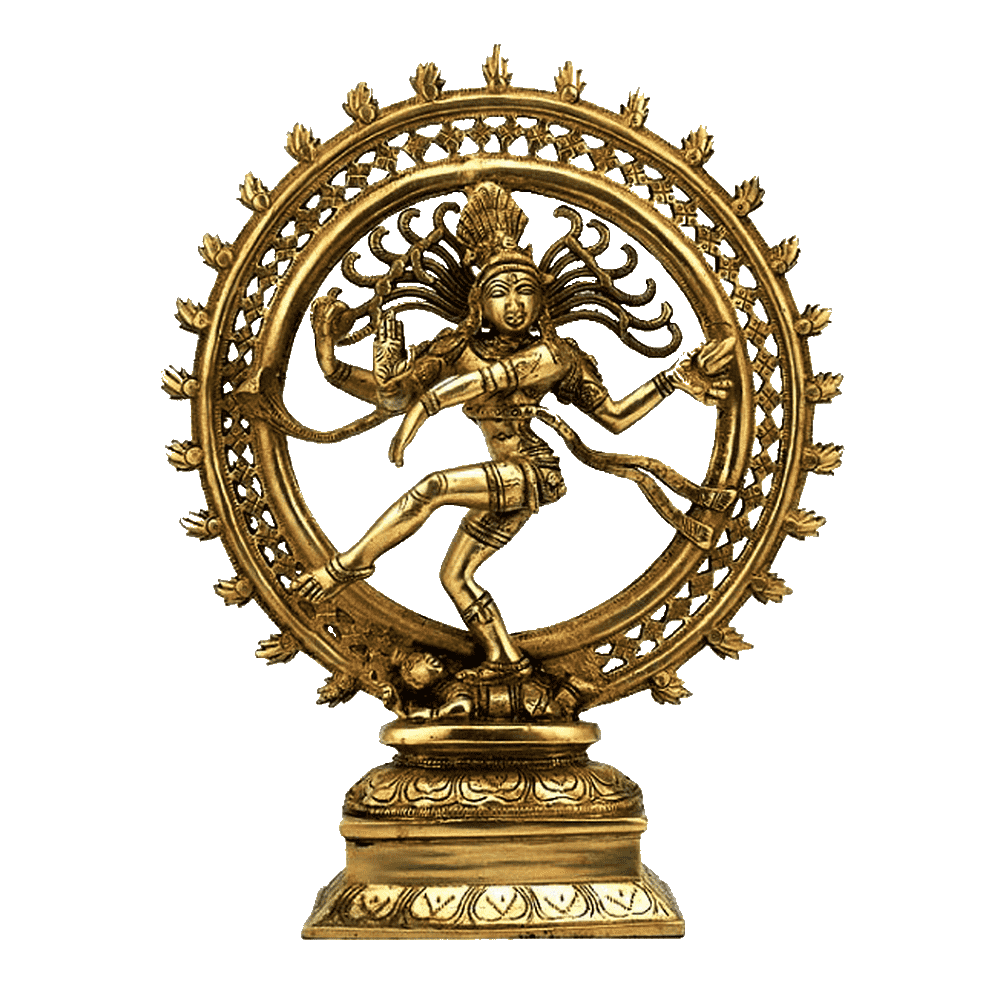
Dāśarathīya Tantra
Agastya Saṃhitā and Dāśarathīya Tantra: Revering the Divine Aspects of Lord Rāma
Introduction:
The Agastya Saṃhitā and Dāśarathīya Tantra are significant Vaiṣṇava texts that offer profound insights into the worship of Lord Rāma. These scriptures celebrate the divine attributes and forms of Lord Rāma, providing devotees with a deeper understanding of his divine nature and the path of devotion (bhakti) to attain spiritual upliftment.
Agastya Saṃhitā – Revealing Divine Aspects of Lord Rāma:
The Agastya Saṃhitā is a revered text that sheds light on various aspects of Lord Rāma’s worship. It presents different forms and divine attributes of Lord Rāma, exploring his role as the embodiment of dharma (righteousness) and his divine qualities that inspire devotion among his devotees. The Agastya Saṃhitā emphasizes the significance of meditating on Lord Rāma’s divine form to experience spiritual bliss and inner transformation.
Dāśarathīya Tantra – Path of Devotion to Lord Rāma:
The Dāśarathīya Tantra is another important Vaiṣṇava scripture devoted to Lord Rāma. This Tantra delves into the devotional practices centered around Lord Rāma, focusing on his divine līlās (divine play) and the path of bhakti. It elaborates on the rituals, mantras, and sacred practices that devotees can follow to deepen their connection with Lord Rāma and attain spiritual grace.
Divine Attributes and Forms of Lord Rāma:
Both texts illuminate the multifaceted aspects of Lord Rāma’s divinity. From being the compassionate and just ruler to embodying the ultimate form of dharma, Lord Rāma’s divine attributes resonate with devotees seeking spiritual guidance and protection. The Agastya Saṃhitā and Dāśarathīya Tantra reveal Lord Rāma as the epitome of love, righteousness, and compassion, inspiring devotees to emulate his virtues.
Path of Devotion and Spiritual Upliftment:
Devotion to Lord Rāma is a prominent theme in both the Agastya Saṃhitā and Dāśarathīya Tantra. These scriptures advocate bhakti as a transformative path to surrender the ego and develop a deep bond with the divine. The texts encourage devotees to chant sacred mantras, engage in meditation, and participate in Rāma kathās (narrations of Lord Rāma’s divine exploits) to attain spiritual upliftment and liberation.
Cultural and Spiritual Significance:
The Agastya Saṃhitā and Dāśarathīya Tantra have played a significant role in shaping Vaiṣṇava traditions, particularly in relation to the worship of Lord Rāma. These texts have influenced art, literature, music, and religious practices centered around Lord Rāma and have continued to inspire generations of devotees to deepen their devotion and love for the divine.
Conclusion:
The Agastya Saṃhitā and Dāśarathīya Tantra stand as testimonies to the profound devotion and admiration for Lord Rāma in Vaiṣṇava traditions. Through their teachings, these scriptures illuminate the divine attributes and various aspects of Lord Rāma’s worship, guiding devotees on the path of devotion and spiritual transformation. The Agastya Saṃhitā and Dāśarathīya Tantra continue to be revered as sacred sources of inspiration for devotees seeking to establish a profound connection with the divine personality of Lord Rāma.
Editor – Kaalchakra Team
[ Note – Before Concluding anything as a Finale, Please Go through Original Scriptures of Vaidik Literature Written in Sanskrit and Also with Meaning of That time of Language. Because English is a Limited language to Explaining the Deeper Knowledge of Vaidik Kaal. ]
